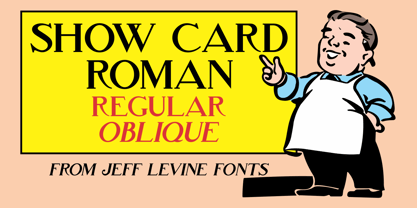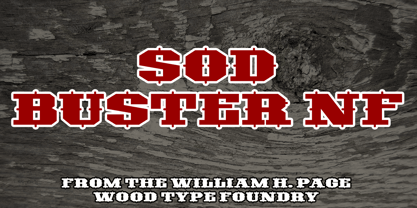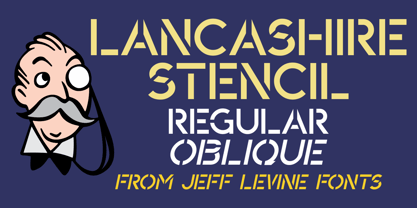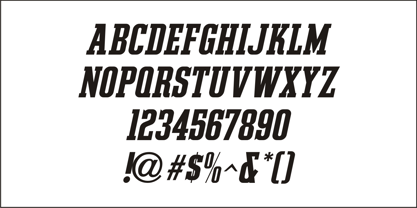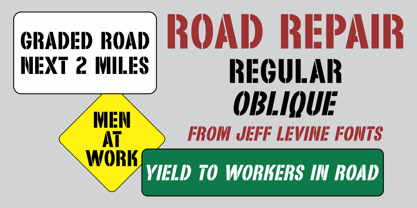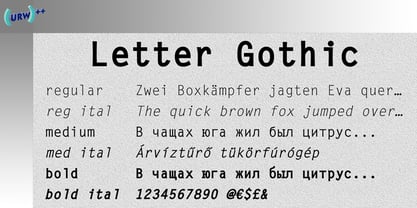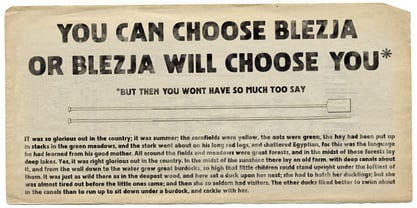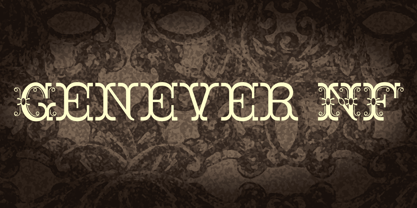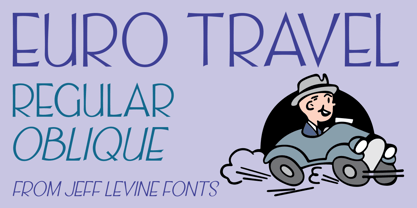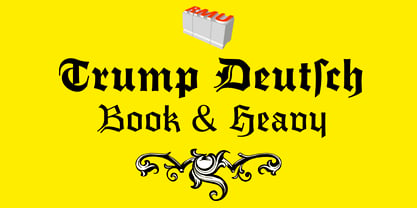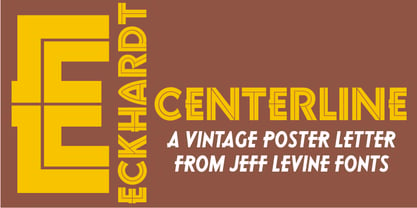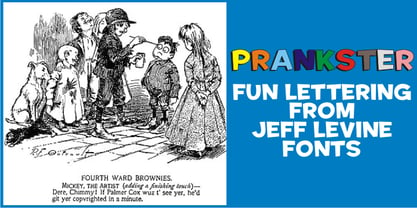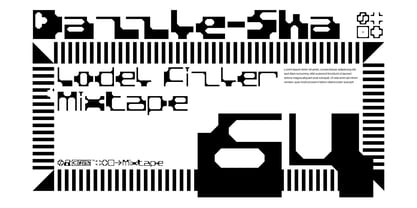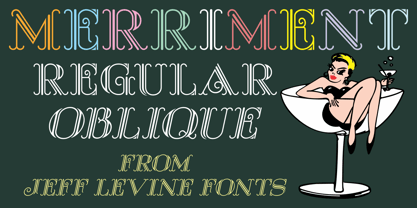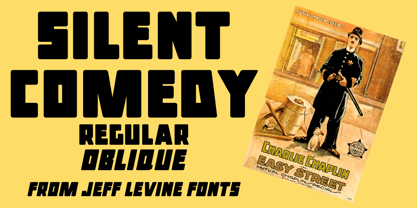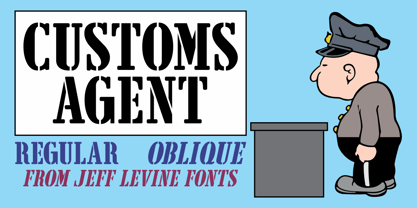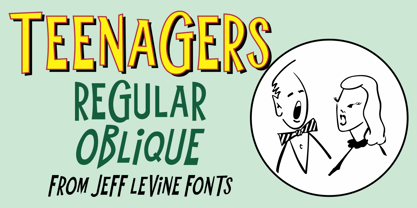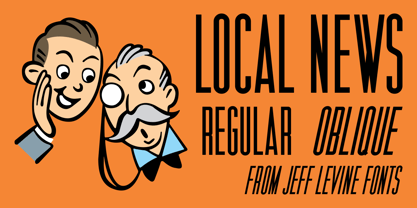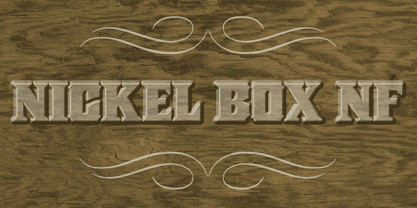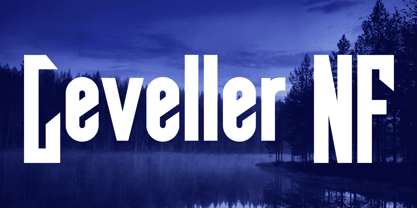2,120 search results
(0.042 seconds)
- Show Card Roman JNL by Jeff Levine,
$29.00 - Raffia by ARTypes,
$35.00 - Letter Gothic M by URW Type Foundry,
$35.99 - Sodbuster NF by Nick's Fonts,
$10.00 - Lancashire Stencil JNL by Jeff Levine,
$29.00 - Slab Compact JNL by Jeff Levine,
$29.00 - Road Repair JNL by Jeff Levine,
$29.00 - School Desk JNL by Jeff Levine,
$29.00 - Letter Gothic L by URW Type Foundry,
$89.99 - Oklahoma - Unknown license
- Solemnity - Unknown license
- Lava-Lava - Unknown license
- intimacy - Unknown license
- Skinner AOE - Unknown license
- Mysterio SWTrial - Unknown license
- Electrack - Unknown license
- Electric Hermes - Unknown license
- ElectricLiquorGoggles - Unknown license
- Blezja by Typoforge Studio,
$19.00 - Hannah Joie by LightHouse,
$49.00 - Genever NF by Nick's Fonts,
$10.00 - Cornfield JNL by Jeff Levine,
$29.00 - Euro Travel JNL by Jeff Levine,
$29.00 - Trump Deutsch by RMU,
$25.00 - Eckhardt Centerline JNL by Jeff Levine,
$29.00 - Prankster JNL by Jeff Levine,
$29.00 - BD LoFi by Typedifferent,
$30.00 - Merriment JNL by Jeff Levine,
$29.00 - Silent Comedy JNL by Jeff Levine,
$29.00 - Xmas Stencils JNL by Jeff Levine,
$29.00 - teen spirit - Unknown license
- 5 Fingered Goth SWTrial - Unknown license
- Customs Agent JNL by Jeff Levine,
$29.00 - Marguerita by ITC,
$29.00 - Term Paper JNL by Jeff Levine,
$29.00 - Teenagers JNL by Jeff Levine,
$29.00 - Cold Case JNL by Jeff Levine,
$29.00 - Local News JNL by Jeff Levine,
$29.00 - Nickel Box NF by Nick's Fonts,
$10.00 - Leveller NF by Nick's Fonts,
$10.00
